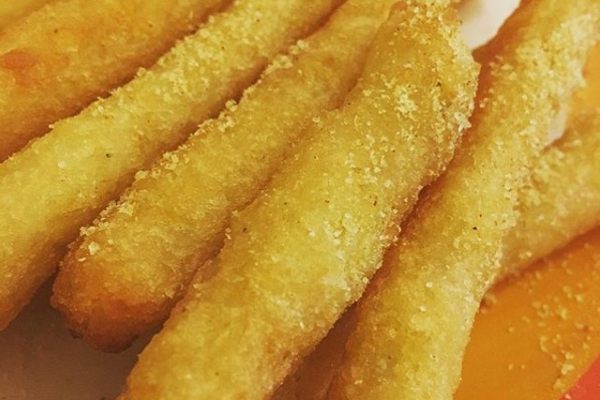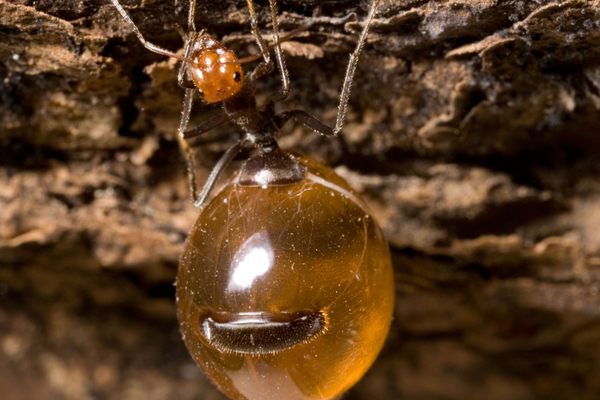Meats & Animal Products
Witchetty Grubs
In the Australian desert, the roots of the witchetty bush hold a savory treat.
In the desert of the Australian outback, the roots of the witchetty bush hold a secret treat inside their roots—thick, white, thumb-sized worms. These are technically the larvae of the cossid wood moth. But they’re more commonly known as witchetty grubs, a staple of indigenous Australian diets.
Women and children, the primary harvesters of the grubs, unearth them from inside the woody roots of the witchetty bush (although they can also be found in the roots of the river red gum tree and the black wattle tree). The grubs are favored for being high in protein and easy to digest.
The grubs are traditionally eaten raw or skewered and barbecued. The latter results in a nice, crunchy skin. Many tasters liken the cooked grubs to scrambled eggs, while others say they have a nutty flavor when raw. Some even compare the flavor of barbecued witchetty grubs to chicken or prawns with peanut sauce.
The larvae have also begun to crawl into kitchens outside the desert. In bush tucker (indigenous cuisine) restaurants, witchetty grubs are usually served as a grilled entrée, alongside the likes of kangaroo tail soup, emu fillet, and flathead fish.
Written By
 Tatiana Harkiolakis
Tatiana Harkiolakis













